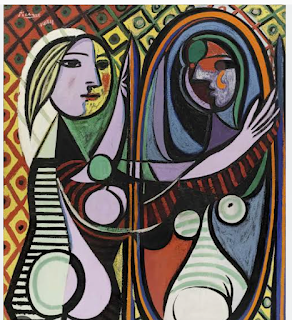Title: How to Read a Picture?
Introduction: A picture is a form of art where an artist uses it to convey emotions, thoughts, or depict a scene. Understanding pictures can help us grasp what the artist is trying to communicate. In this blog post, I'll share some tips on how to read a picture. These tips will enhance your understanding of pictures and increase your enjoyment.
Tips: Look at the subject of the picture. What does the picture portray? It could be a person, an animal, an object, or a landscape. The subject of the picture can give you clues about what the artist is trying to convey. Examine the composition of the picture. How has the artist arranged the elements? What is the focal point of the picture? Composition shapes the overall impact and narrative of the picture. Consider the colors used in the picture. How does the picture use colors? Colors can be used to express emotions and set the atmosphere. Examine the lines in the picture. What lines does the picture use? Lines can be utilized to express movement, shape, and size. Look at the texture of the picture. What textures does the picture incorporate? Texture can be used to convey surface and material.
Conclusion: By using these tips, you can better understand and enjoy a picture. When reading pictures, try to imagine what the artist is attempting to convey. Think of the picture as if it were telling you a story.
Additional tips: Examine the picture multiple times. You may notice things you didn't see at first glance. Ask questions about the picture. What is the picture? What is it conveying? Who are the people or animals in the picture? Discuss the picture with others. Hearing what others understand from the picture can also help you gain more insights. Reading pictures is a skill that requires practice. The more pictures you read, the better you become.






